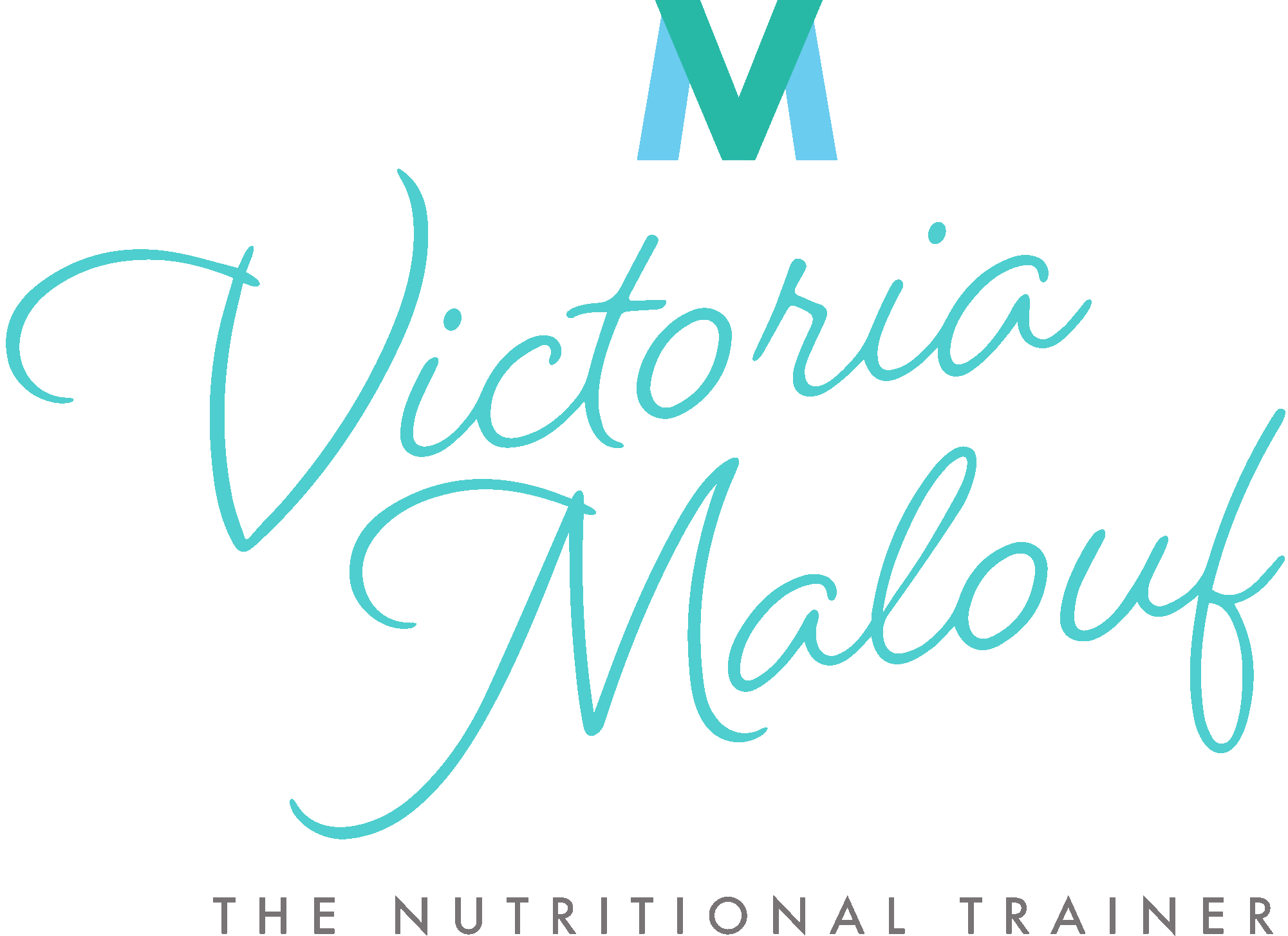What is a histamine Intolerance?
Histamine is a compound that is involved in local immune responses whilst also helping to regulate physiological function in the gut and can act as a neurotransmitter. When the body feels it is under threat or is overloaded, in an attempt to protect the body, histamine is released into the bloodstream to help reduce and mediate this response.
When histamine levels in the body become too high and it cannot be broken down properly, a variety of symptoms may develop. Some common reactions include headaches, migraines, nasal congestion, sinus issues, fatigue, hives, digestive issues, nausea and vomiting. In some severe cases you can experience abdominal cramping, swelling, high blood pressure and heart rate, anxiety and dizziness.

What causes high histamine levels?
When our body produces histamine, it also produces the enzyme responsible for its breakdown, the enzyme diamine oxidase (DAO). If you develop a DAO deficiency and are unable to break down histamine, then you could develop an intolerance. Some of the reasons why your DAO enzyme levels may be low include gastrointestinal disorder such as leaky gut or irritable bowel syndrome, histamine-rich foods and foods that block DAO enzymes or trigger histamine release.
Which foods are high in histamine?
Alcohol and other fermented beverages such as beer, cider, wine, kombucha, ginger beer
Vinegar, soy sauce
Fermented foods and dairy products such as yoghurt, sauerkraut, kimchi, miso, kefir and tempeh
Dried fruits
Avocado
Eggplant
Spinach
Tomatoes
Processed or smoked meats
Shellfish
Aged cheese
Which foods trigger histamine release in the body?
Alcohol
Bananas
Citrus fruits
Tomatoes
Wheat germ
Beans and legumes
Chocolate
Walnuts, cashews and peanuts
Foods to eat:
There is no such thing a histamine-free diet , but if you have a histamine intolerance, incorporating low-histamine foods into your diet can help reduce symptoms, including:
Fresh meat and freshly caught fish
Non-citrus fruit
Eggs
Gluten-free grains such as quinoa and rice
Dairy substitutes such as almond milk or coconut milk
Fresh vegetables, except tomatoes, avocado, spinach and eggplant

